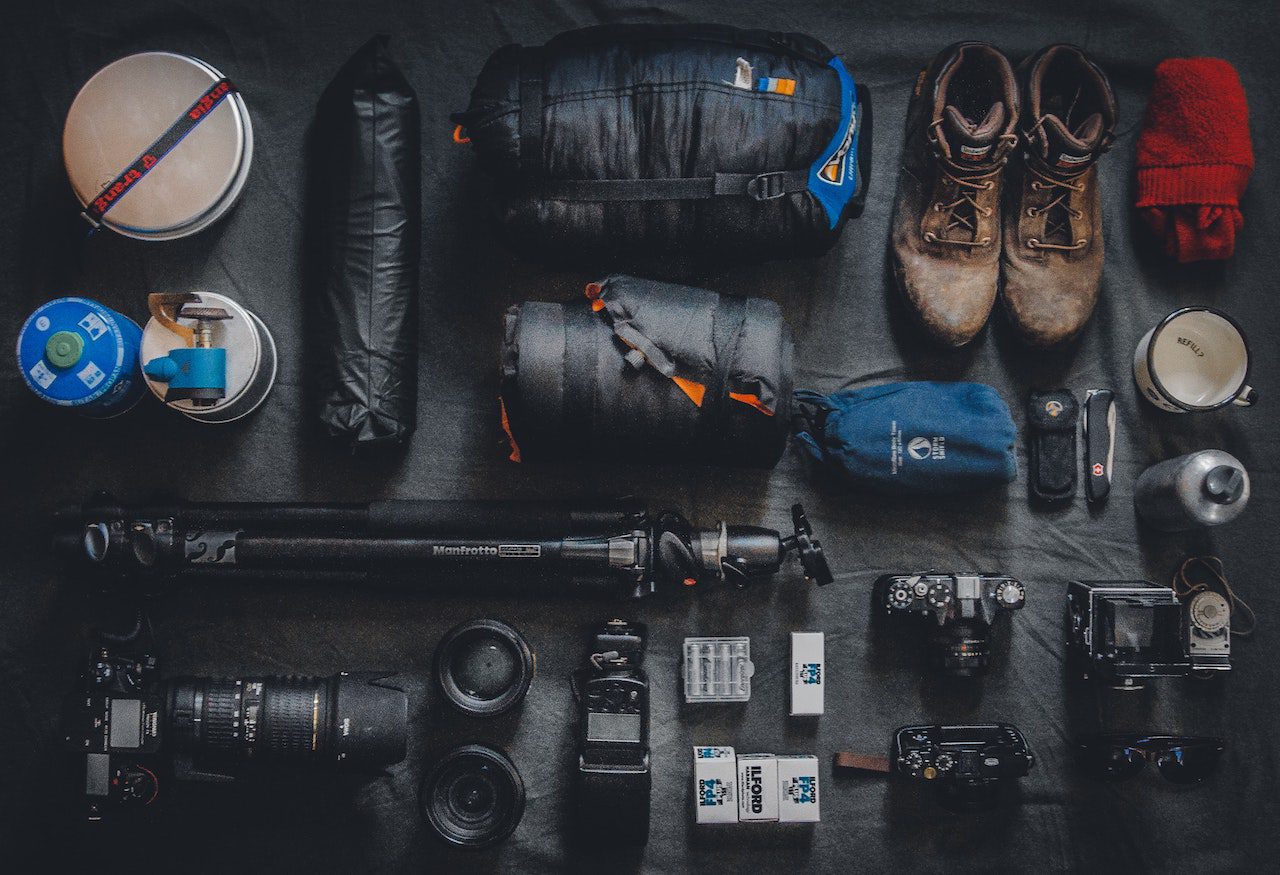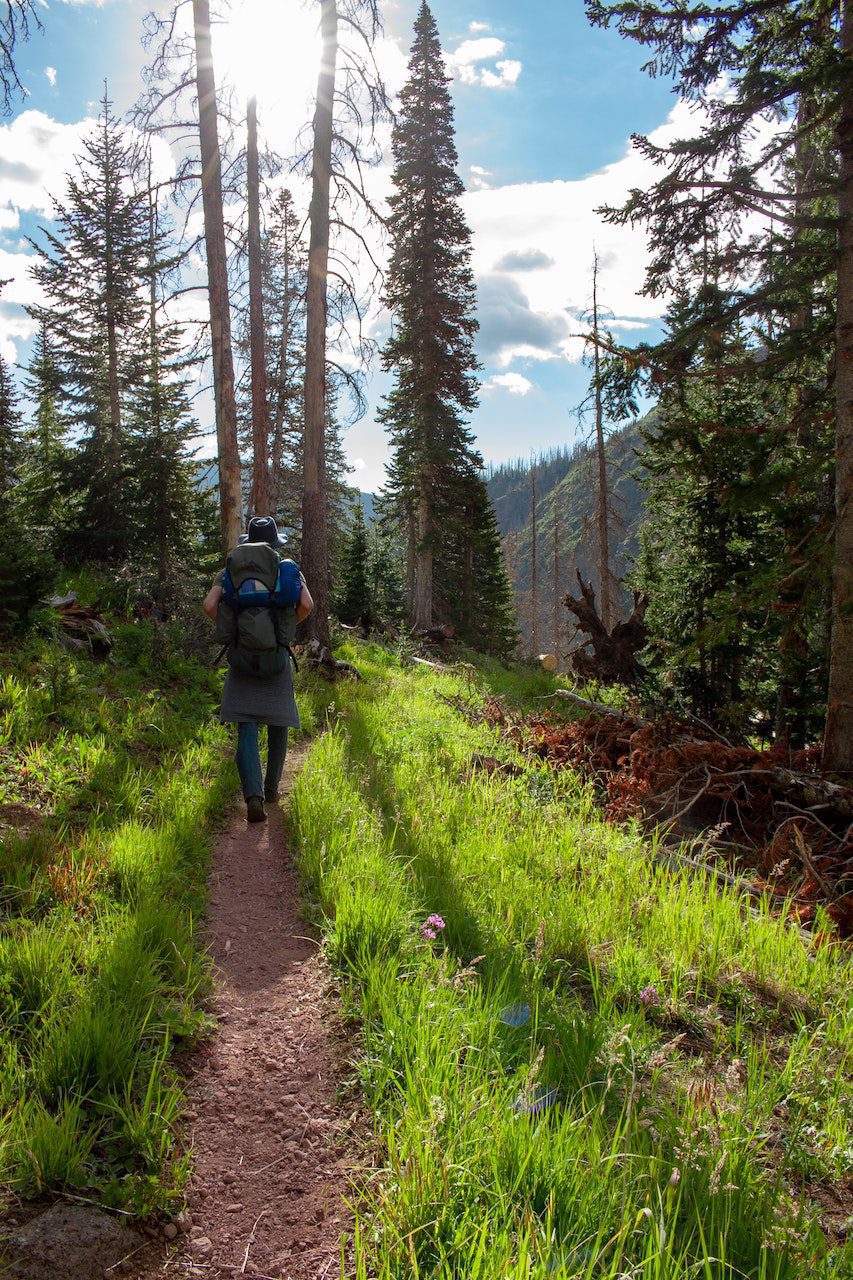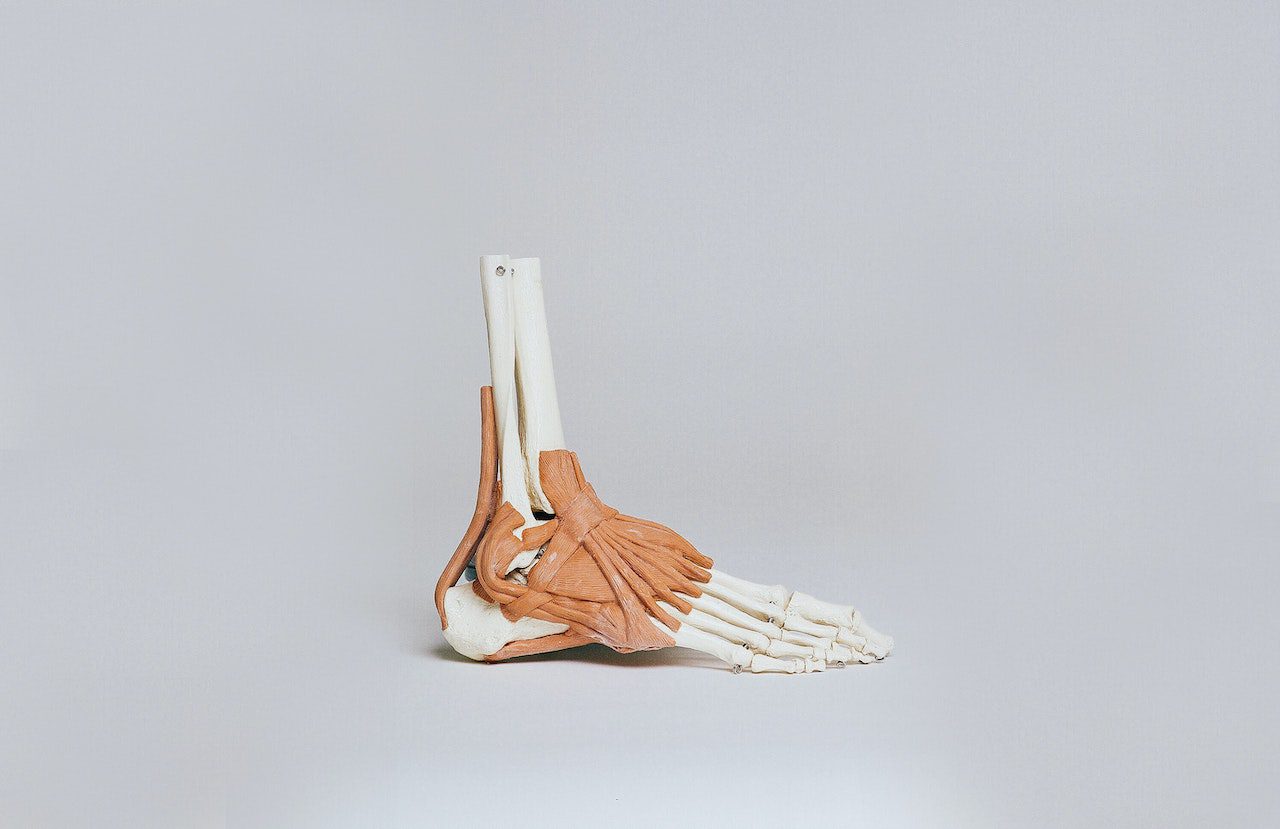
Backpacking Stove Vs Campfire Cooking When Backpacking:
Whenever you enter the backcountry, you must have a way to cook your meals (unless you plan on cold soaking, but in my opinion, that’s gross).
So the common matchup when it comes to cooking while backpacking is the backpacking stove vs campfire. Unfortunately, it isn’t much of a contest. The winner is the backpacking stove.
If you don’t have one yet, I recommend just picking up a cheap one on amazon. I have used this backpacking stove for the past five years, and it has been working great. You can go into more expensive options like Jetboil, but if you are on a budget, the cheap one will work fine.
Alright, let’s jump into 7 reasons why you should use a backpacking stove instead of a campfire for cooking while backpacking.
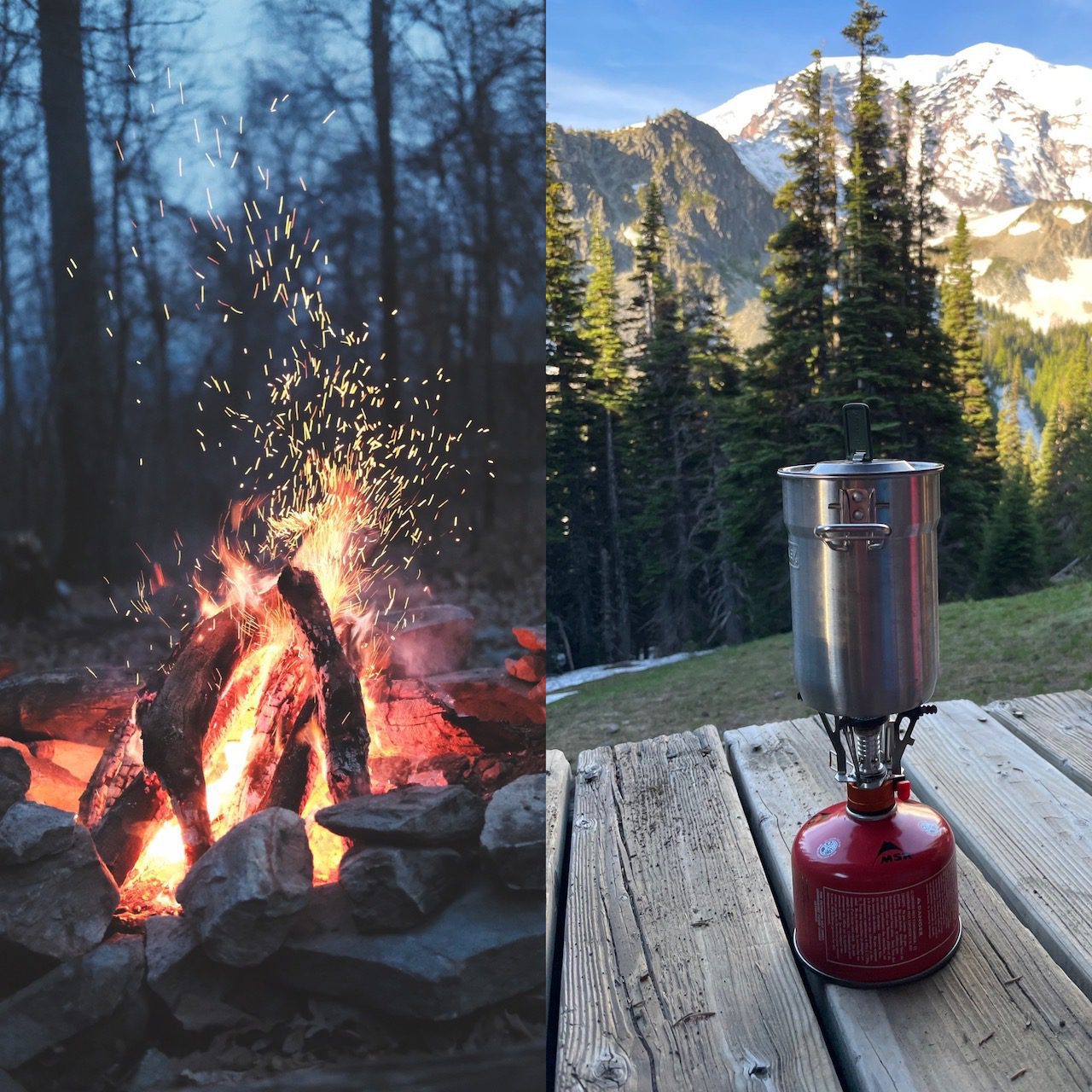
What Is A Backpacking Stove?
While everyone should know what a campfire is, some beginners may be wondering what a backpacking stove is. Well, a backpacking stove is a portable cook stove where you use some form of fuel to create a controlled flame over which you use to cook your meals.
There are two major backpacking stoves: the canister and liquid fuel stove.
Canister Stoves
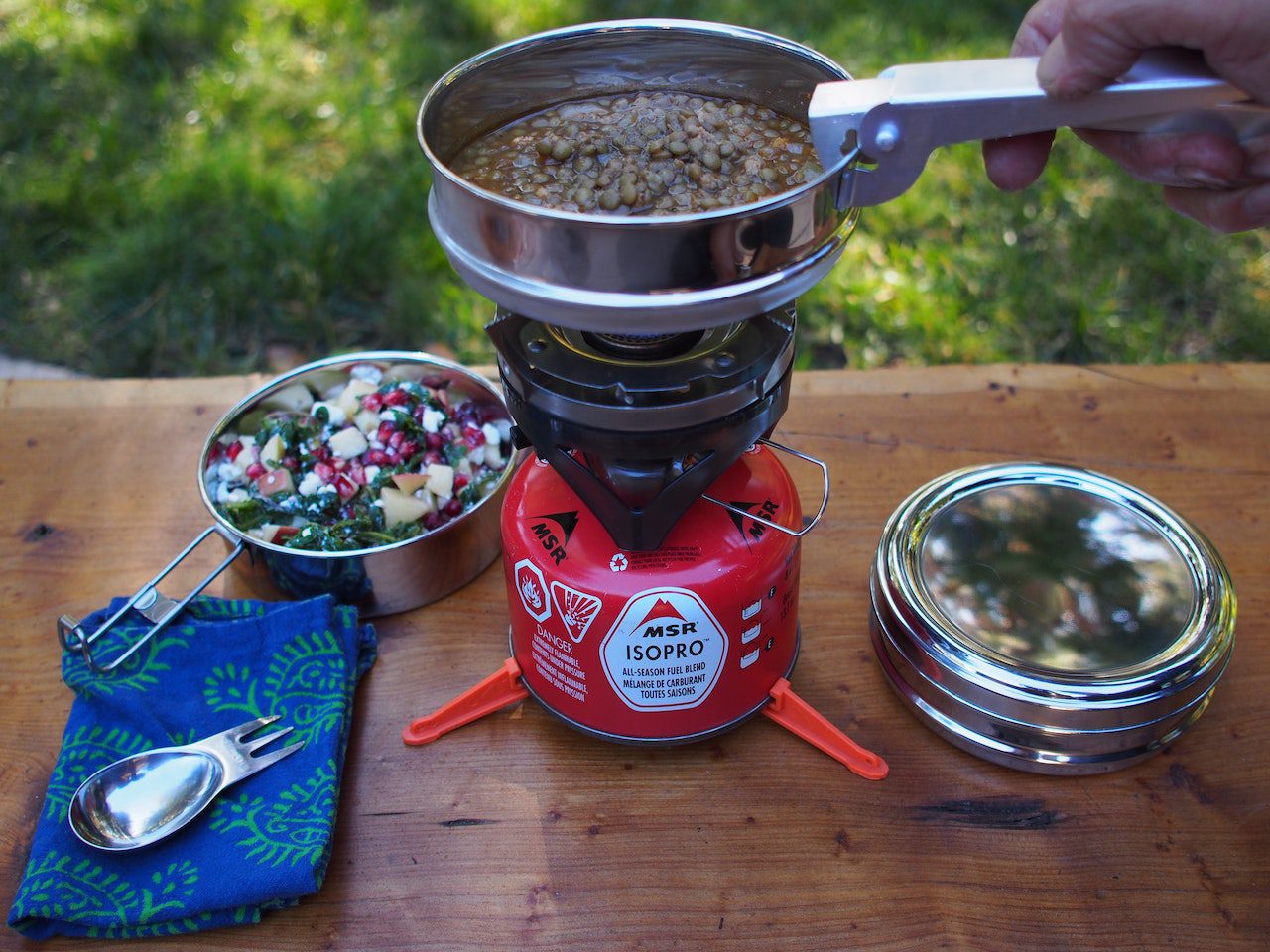
Canister stoves are the more popular option for traditional backpacking trips. They consist of a propane/butane mix fuel canister, an adapter that connects to the canister, and an ignition switch that creates a spark to light the fuel, producing a controlled flame. These stoves are essentially like the Bunson burners you used in chemistry class. Canister stoves are a fantastic option for backpackers due to their packability and convenience.
The only problem with this backpacking stove is that disposing of the empty fuel containers can be a pain and a bit less eco-friendly than liquid gas stoves. Also, these stoves can lose their utility at higher elevations when doing alpine ascents and mountaineering, but for standard backpacking, you should be fine with it.
Liquid Fuel Stove
Liquid fuel, although it is a bit bulkier than canister stoves. They are an excellent option for higher altitude ascents and mountaineering. The other major benefit of this form of backpacking stove is that it is way more eco-friendly because you can refill your tank every time you are low in fuel instead of throwing your empty canisters away.
Unfortunately, the decreased packability of these stoves makes them a less than ideal option for a standard backpacking trip. But, if mountaineering is your thing, then this may be an excellent option for you!
7 Reasons Why You Should Be Using A Backpacking Stove For Cooking While Backpacking.
More Leave No Trace Friendly
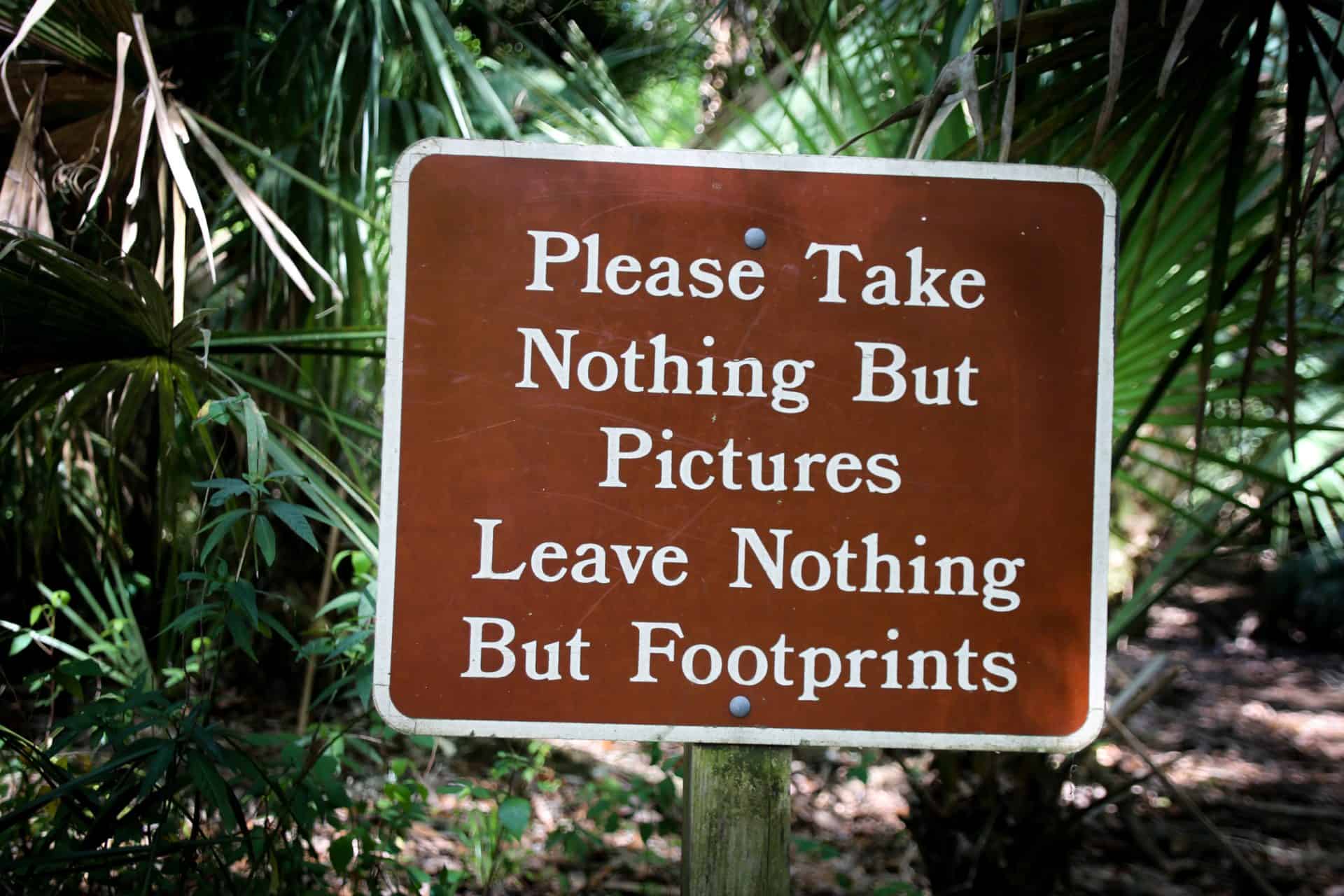
Compared to campfires, a backpacking stove is much more leave no trace friendly as it doesn’t require burning local plant life. Also, a fire can destroy the nutrients within the soil it is built on, which can be avoided by using a backpacking stove.
Less Risk Of Forest Fires
Since backpacking stoves have a self-contained flame, you do not have worry about embers flying outside of them. As opposed to campfires, where even though they are contained in a fire pit, they still run the risk of an ember flying outside the pit and catching aflame.
Easier And Faster Set-Up
When it comes to which one is faster to set up, it goes to the backpacking stove. Starting the flame on a stove can be done with a click of a button. In contrast, a campfire requires more time and effort gathering kindling, dry wood of varying sizes, and then a gradual and careful build-up until it is large enough to cook on.
You Can Cook Rain Or Shine
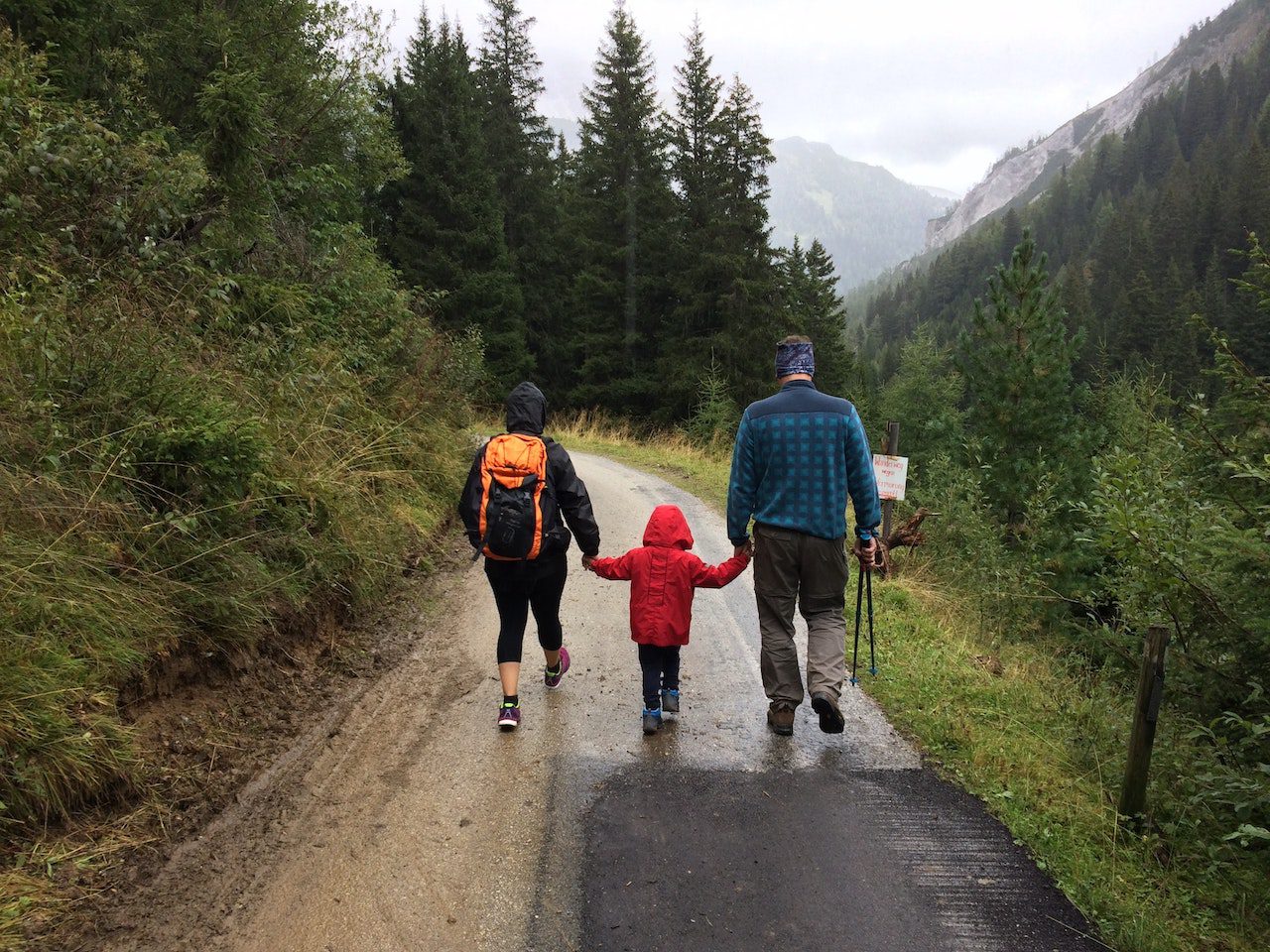
Perhaps one of the greatest benefits of using a backpacking stove for cooking is how it maintains its functionality, rain or shine. All you need to do is find some cover from whatever gnarly weather you encounter and get cooking.
However, when it comes to building a campfire, once it starts to rain, your chances of success drop pretty close to zero. Once all of the dry firewood in an area gets wet, it is extremely difficult to get a fire going. Wet stuff doesn’t burn well…. who knew?!
Can use it almost anywhere
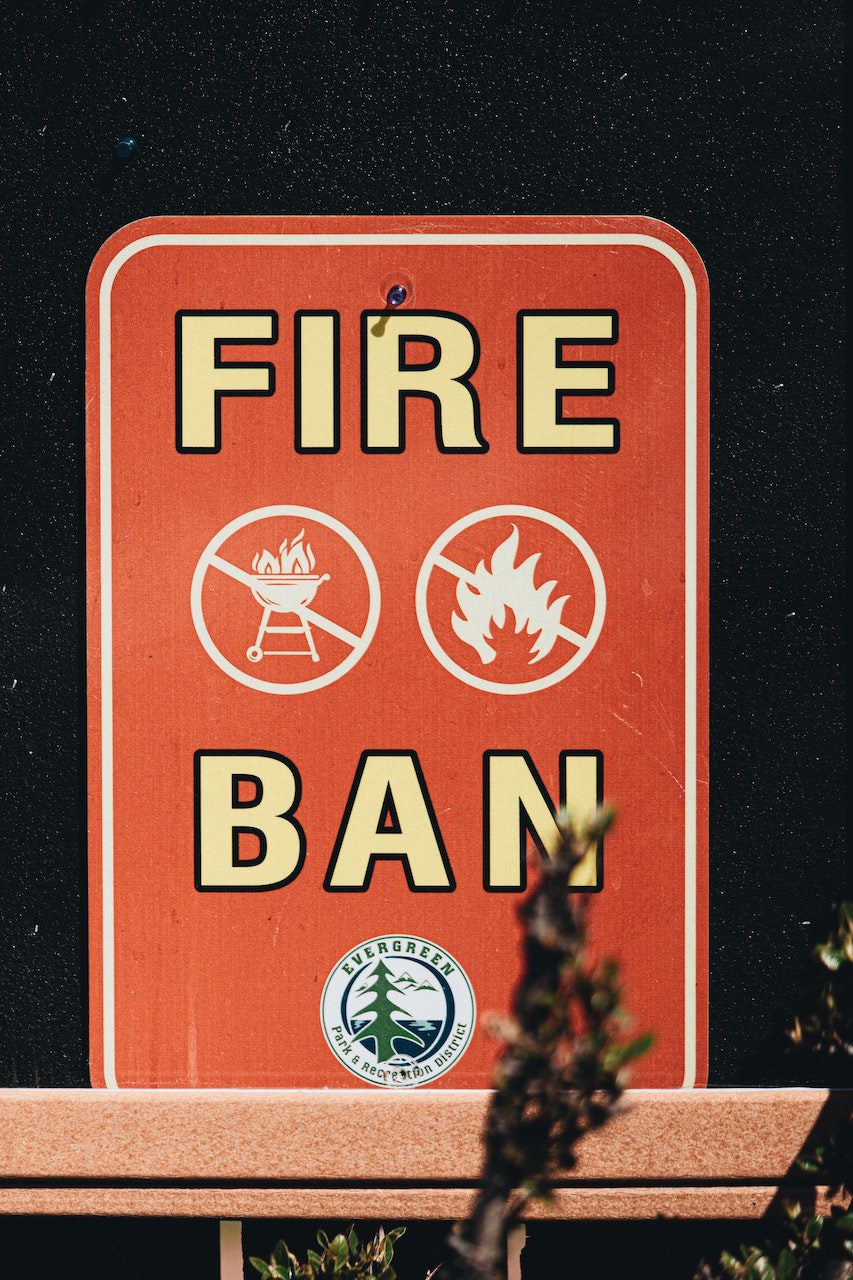
Some national parks don’t permit any campfires over a specific elevation, often due to the slower regeneration of trees in these areas. Also, depending on the weather conditions when you visit a region, a fire ban may be in effect, which would prohibit the making of campfires due to an increased risk of forest fires.
However, the nice thing about a backpacking stove is a tool that can usually be used anywhere regardless of the elevation restrictions or if a fire ban is in place (always verify local laws in regulations before backpacking).
Easier To Cook Using A Backpacking Stove
Using a backpacking stove makes cooking much easier because you have a small, controllable flame and a flat surface which you can easily place a pot for cooking
Now, if you have ever tried to cook in the backcountry using a fire, you would know that it can be much more challenging than a stove—the reason is that you do not have a stable area that you can use for cooking. For example, if you wanted to boil water, you would need a large backpacking pot that you could hang over a fire which is much more complicated than just putting one on a stove.
Another factor that makes cooking using a campfire more difficult is that you are much more likely to sustain a burn while cooking due to the unpredictable open flames.
You Can Just Turn It Off When You’re Done
Another thing I love about using a camp stove instead of a campfire is that when you finish cooking, all you have to do is flip a switch to turn off your flame.
However, with a campfire, you must ensure that the pit is cool to the touch to know the fire is truly out. This can require a lot of extra time waiting for your fire to go out entirely. While this may not sound like that big a deal, let me tell you, after a long day of hiking, sometimes after you eat, the only thing you want to do is just hit the hay.
What Are The Benefits Of Cooking Over A Campfire When Backpacking?
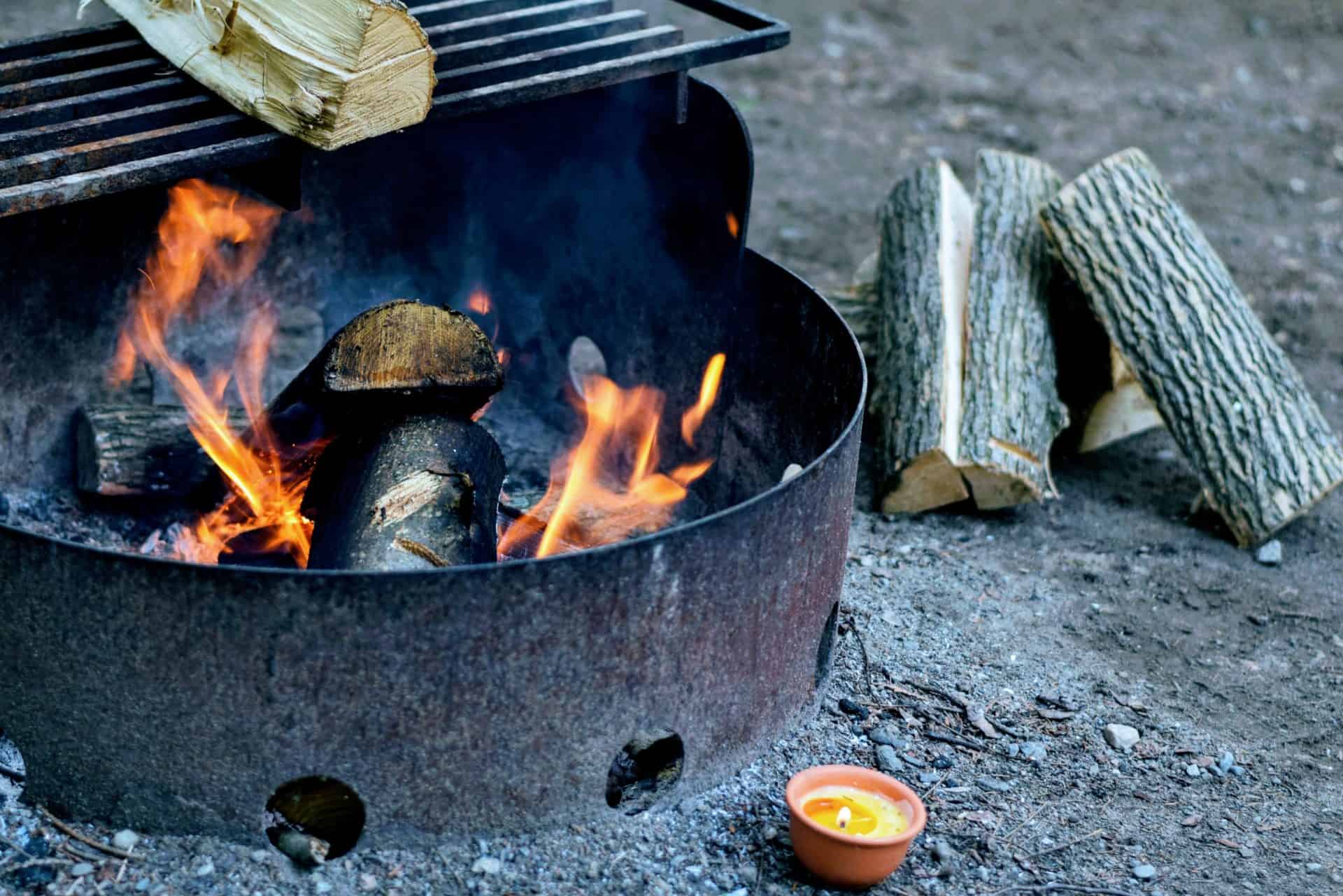
Okay, by now, I hope we are all on the same page. When backpacking, you should be cooking with a backpacking stove instead of a campfire. However, there are some benefits to using a campfire when camping worth mentioning, so let’s dive in.
Keep Bugs Away
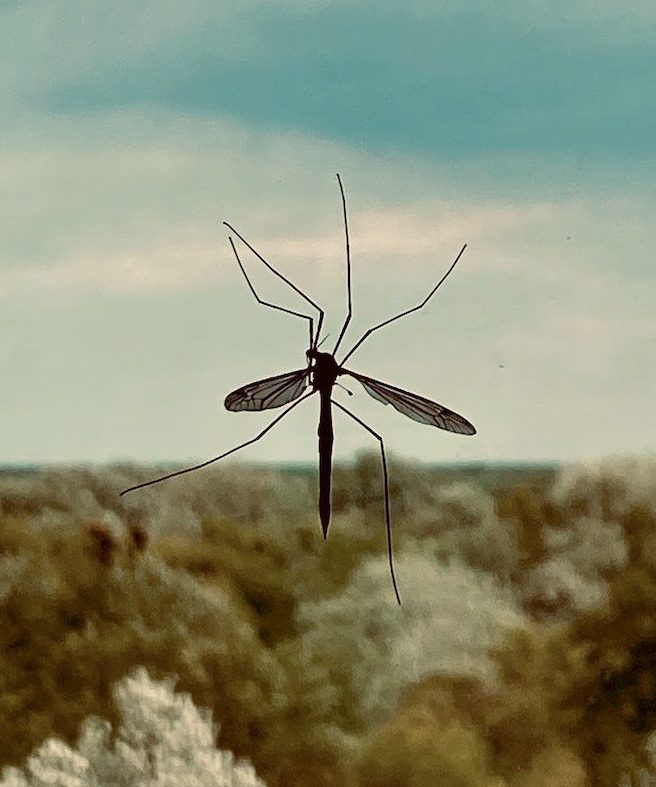
Bugs can be the absolute worst! But did you know that the smoke from a fire can keep them away?
In areas where it is particularly buggy, I will make a campfire every chance I get to keep these pests at bay!
Keep Warm
Fire keeps you warm… You are welcome for that hot tip. But all joking aside, a campfire will do far more to keep you warm on those chilly nights compared to a backpacking stove.
Nice Atmosphere
There aren’t many better moments than having you and your friends gathered around a campfire shooting the shit, and having a good time.
Campfires are especially great for making new friends when backpacking solo. Invite whoever strolls into camp next to sit with you by your campfire and exchange some stories!
Great When Car Camping
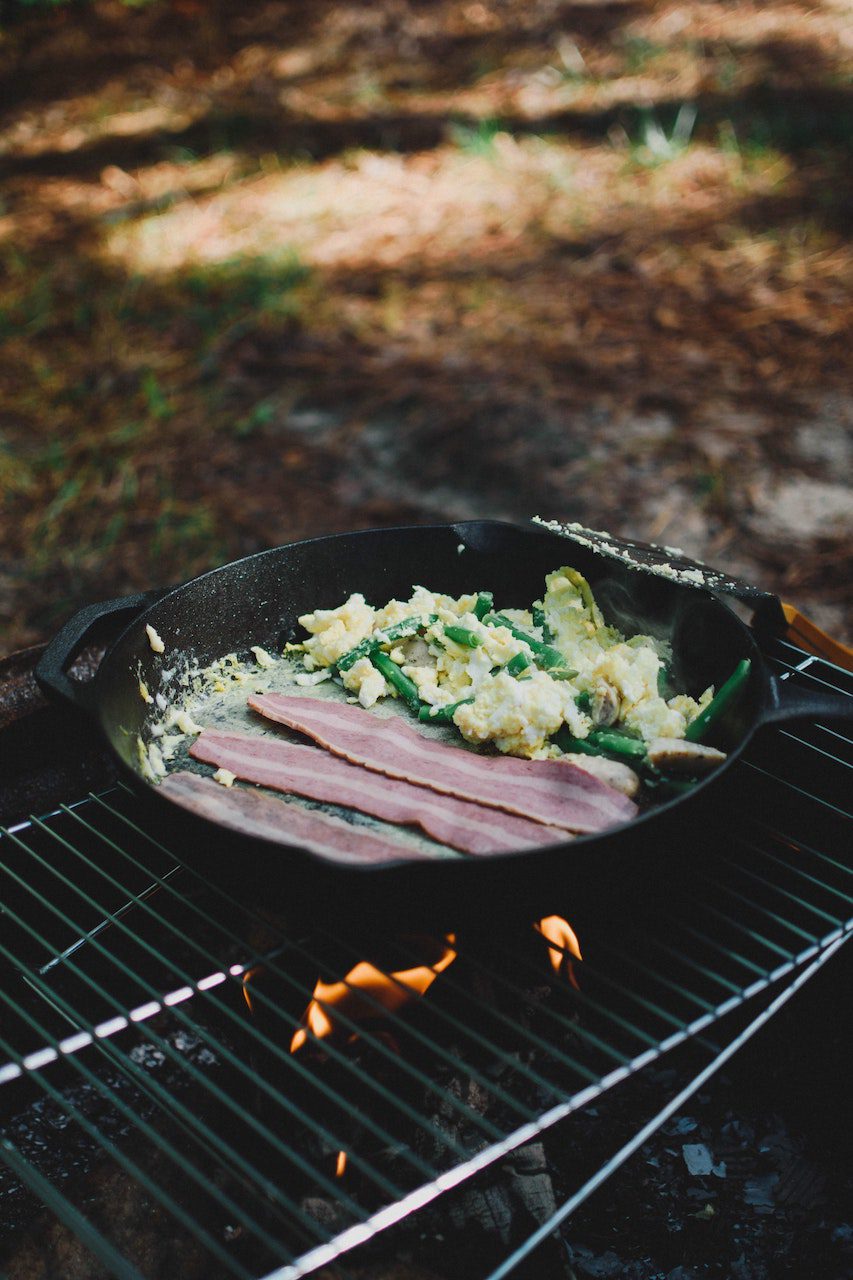
Although campfires are not a practical option when backpacking, they can be great for car camping. Many car camping campsites have fire rings with grates installed, making it easy to cook your food on your open flame, unlike the more primitive fire rings commonly found in the backcountry.
Final Thoughts
Unless you are a mad man and want to soak your meals you need a way to cook when in the backcountry. While it does sound nice to use a campfire when in nature, in my opinion, it is just not a practical means of cooking your meals. Let me know how you cook your meals!

